
Organic gardeners know that a diverse mix of plants makes for a healthy and beautiful garden. Many believe that certain plant combinations have extraordinary (even mysterious) powers to help each other grow. Scientific study of the process, called companion planting, has confirmed that some combinations have real benefits unique to those combinations.
And practical experience has demonstrated to many gardeners how to mate certain plants for their mutual benefit. Companions help each other grow—tall plants, for example, provide shade for sun-sensitive shorter plants. And the technique uses garden space efficiently. Vining plants cover the ground, upright plants grow up, allowing for two plants in the same patch.
Companion planting also prevent pest problems. Plants like onions repel pests and other plants can lure pests away from more delicate plants. Or one plant may attract the predators of another plant’s pests.
A companion planting guide such as this one will show you which vegetables and flowers support or inhibit the growth of other plants and/or which pests they deter:
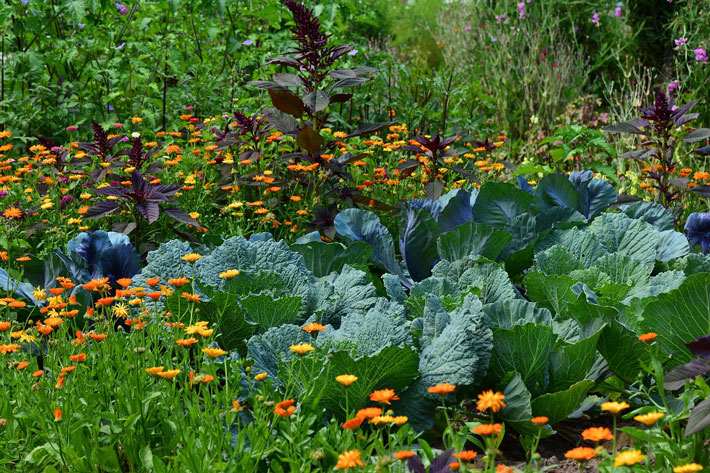
Companion Planting Chart
Basil
Plant near: most garden crops
Keep away from: rue
Comments: improves the flavor and growth of garden crops, especially tomatoes and lettuce. Repels mosquitoes.
Beans, Bush
Plant near: beets, cabbage, carrots, catnip, cauliflower, corn, cucumbers, marigolds, potatoes, savory, strawberries
Keep away from: fennel, garlic, leeks, onions, shallots
Comments: potatoes and marigolds repel Mexican bean beetles. Catnip repels flea beetles.
Beans, Pole
Plant near: corn, marigolds, potatoes, radishes
Keep away from: beets, garlic, kohlrabi, leeks, onions, shallots
Comments: same as for bush beans.
Beets
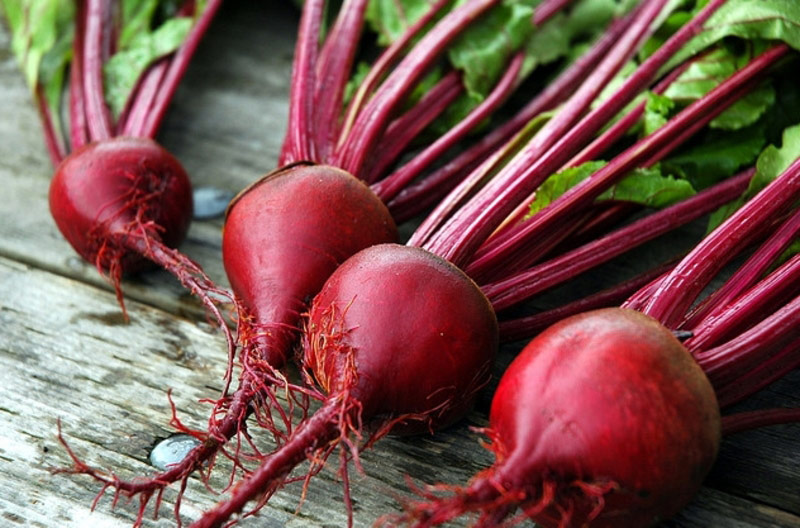
Plant near: broccoli, brussels sprouts, bush beans, cabbage, cauliflower, chard, kohlrabi, onions
Keep away from: charlock, field mustard, pole beans
Borage
Plant near: squash, strawberries, tomatoes
Keep away from:
Comments: repels tomato worms. Improves flavor and growth of companions.
Broccoli and Brussels Sprouts
Plant near: beets, buckwheat, calendula, carrots, chamomile, dill, hyssop, marigolds, mints, nasturtiums, onions, rosemary, sage, thyme, wormwood.
Keep away from: strawberries
Comments: marigolds repel cabbage moths. Nasturtiums repel aphids.
Cabbage and Cauliflower
Plant near: broccoli, brussels sprouts, celery, chard, spinach, tomatoes.
Keep away from: strawberries
Comments: tomatoes and celery repel cabbage worms.
Cantaloupe
Plant near: corn
Keep away from:
Comments:
Carrots
Plant near: cabbage, chives, early potatoes, leeks, lettuce, onions, peas, radishes, rosemary, sage, salsify, wormwood.
Keep away from:
Comments: onions, leeks, and wormwood repel carrot flies
Chives
Plant near: apples, berries, carrots, grapes, peas, roses, tomatoes.
Keep away from:
Comments: Improves flavor and growth of companions. Deters aphids and Japanese beetles.
Corn
Plant near: beans, cucumbers, early potatoes, melons, peas, pumpkins, soybeans, squash.
Keep away from:
Comments: soybeans deter chinch bugs.
Cucumbers
Plant near: beans, cabbage, corn, early potatoes, radishes, sunflowers.
Keep away from: late potatoes
Comments: Radishes deter cucumber beetles. Cucumbers encourage blight in late potatoes.
Dill
Plant near: broccoli, brussels sprouts, cabbage, cauliflower, cucumber, lettuce, onions
Keep away from: carrots
Comments: Improves flavor and growth of cabbage family plants.
Egpplant
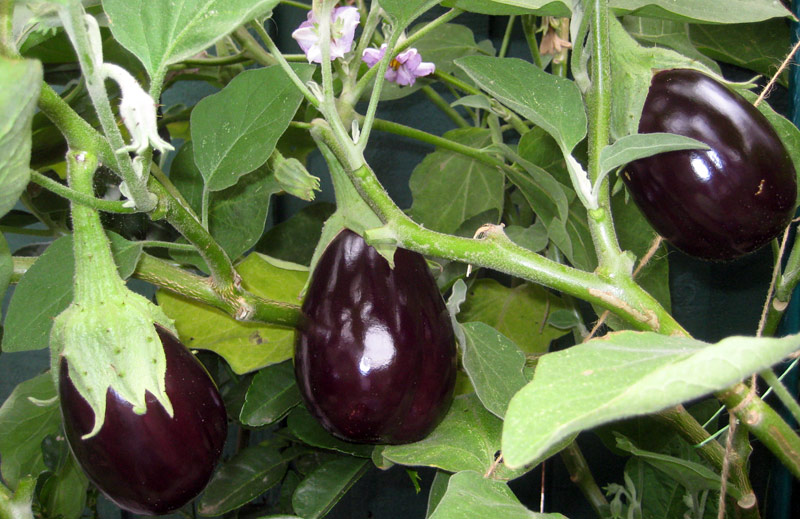
Plant near: green beans, peppers, potatoes, tomatoes
Keep away from:
Comments: green beans deter Colorado potato beetles.
Garlic
Plant near: cabbage, cane fruits, fruit trees, roses, tomatoes
Keep away from: peas, beans
Comments: deters Japanese beetles and aphids. A garlic oil spray deters onion flies, aphids, and ermine moths. A garlic tea helps repel late potato blight.
Kale
Plant near: aromatic herbs, buckwheat, cabbage family, marigolds, nasturtiums
Keep away from: pole beans, strawberries
Comments:
Kohlrabi
Plant near: cabbage/cauliflower companions (except tomatoes)
Keep away from: fennel, pole beans, tomatoes
Comments: kohlrabi stunts tomatoes
Lettuce
Plant near: beets, carrotsparsnips, radishes, strawberries
Keep away from: cabbage family
Comments: lettuce tenderizes summer radishes.
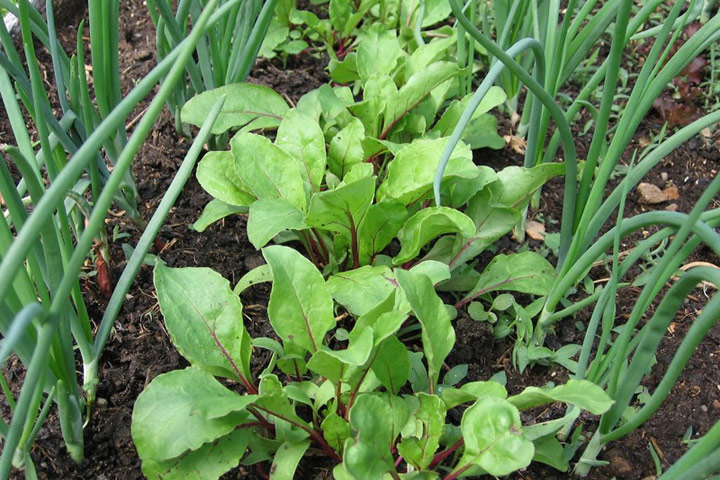
Marigolds
Plant near: all garden crops
Keep away from:
Comments: stimulates vegetable growth and deters bean beetles, aphids, potato bugs, squash bugs, nematodes, and maggots.
Marjoram
Plant near: all garden crops
Keep away from:
Comments: stimulates vegetable growth.
Mustard
Plant near: alfalfa cover crops, fruit trees, grapes, legumes
Keep away from:
Comments: stimulates growth of companion plants.
Nasturtiums
Plant near: apples, beans, cabbage family, greenhouse crops, potatoes, pumpkins, radishes, squash
Keep away from:
Comments: repels aphids, potato bugs, squash bugs, striped pumpkin beetles, and Mexican bean beetles and destroys white flies in greenhouses.
Onions
Plant near: beets, cabbage family, carrots, chamomile, lettuce, parsnips
Keep away from: beans, peas
Comments: deters most pests, especially maggots.
Oregano
Plant near: all garden crops
Keep away from:
Comments: deters many insect pests.
Parsley
Plant near: corn, roses, tomatoes
Keep away from:
Comments:
Parsnips
Plant near: onions, radishes, wormwood
Keep away from:
Comments: onions and wormwood help keep root maggots from parsnips.
Peas
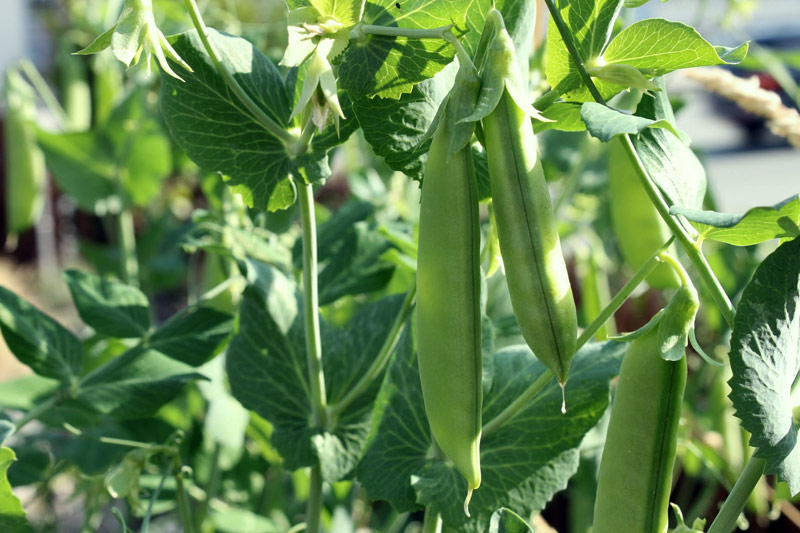
Plant near: beans, carrots, corn, cucumbers, early potatoes, radishes, turnips
Keep away from: garlic leeks, onions, shallots
Comments:
Peppers
Plant near: basil, carrots, eggplant, onions, parsley, tomatoes
Keep away from: fennel, kohlrabi
Comments:
Potatoes
Plant near: basil, beans, cabbage family, corn, eggplant, flax, hemp, marigolds, peas, squash
Keep away from: apples, birch, cherries, cucumbers, pumpkins, raspberries, sunflowers, tomatoes, walnuts
Comments: hemp deters phytophthora infestans. Basil deters potato beetles. Marigolds (dug into crop soil) deter nematodes.
Radishes
Plant near: chervil, cucumbers, lettuce, melons, peas, nasturtiums, root crops
Keep away from: hyssop
Comments: radishes deter cucumber beetles. Chervil makes radishes hot. Lettuce helps make radishes tender. Nasturtiums improve radishes’ flavor.
Rosemary
Plant near: beans, cabbage, carrots
Keep away from:
Comments: repels bean beetles, cabbage moths, and carrot flies.
Sage
Plant near: cabbage family, carrots, tomatoes
Keep away from: cucumbers
Comments: deters cabbage moths and carrot flies. Invigorates tomato plants.
Soybeans
Plant near: corn, potatoes
Keep away from:
Comments: chokes weeds and enriches soil.
Spinach
Plant near: celery, cauliflower, eggplant, strawberries
Keep away from:
Comments:
Strawberries
Plant near: borage, bush beans, lettuce, pyrethrum, spinach
Keep away from: cabbage family
Comments:
Sunflowers
Plant near: cucumbers
Keep away from: potatoes
Comments: can provide a trellis and shelter for shade-loving cucumbers.
Swiss Chard
Plant near: bush beans, kohlrabi, onions
Keep away from: pole beans
Comments:
Tarragon
Plant near: all garden crops
Keep away from:
Comments: improves vegetables’ flavor and growth.
Thyme
Plant near: all garden crops
Keep away from:
Comments: deters cabbage moths.
Tomatoes
Plant near: asparagus, basil, cabbage family, carrots, gooseberries, mustard, parsley, onions, rosemary, sage, stinging nettles
Keep away from: fennel, kohlrabi, potatoes, walnuts
Comments:
Turnips and Rutabagas
Plant near: peas
Keep away from: knotweed, mustard
Comments: mustard and knotweed inhibit the growth of turnips and rutabagas.
Companion planting is not an exact science. Use your own experience, this chart, and the advice of other local gardeners to help you achieve successful partnerships in your garden.

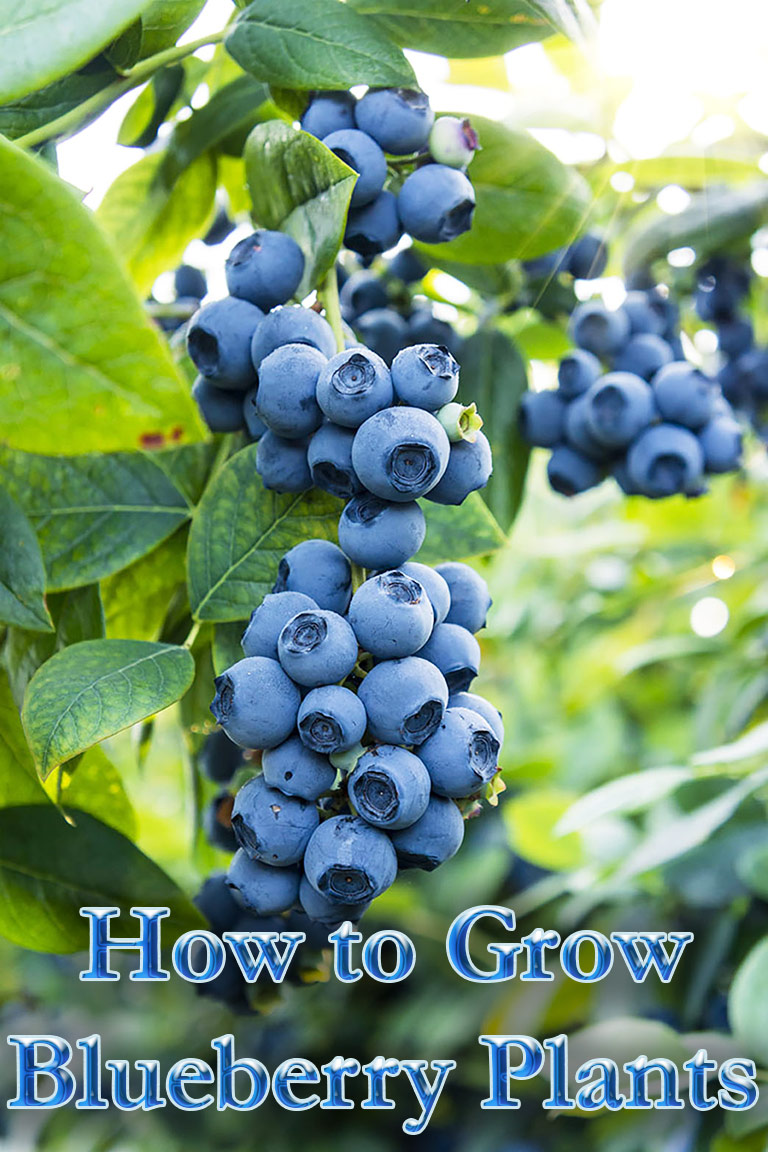
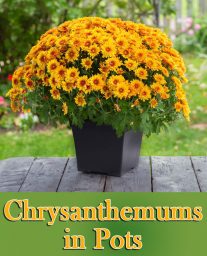

what about my sugar snap pears? Am I reading this chart correctly? what will I have in my companion gardening next to my Sugar snap peas? Chives and parsley?